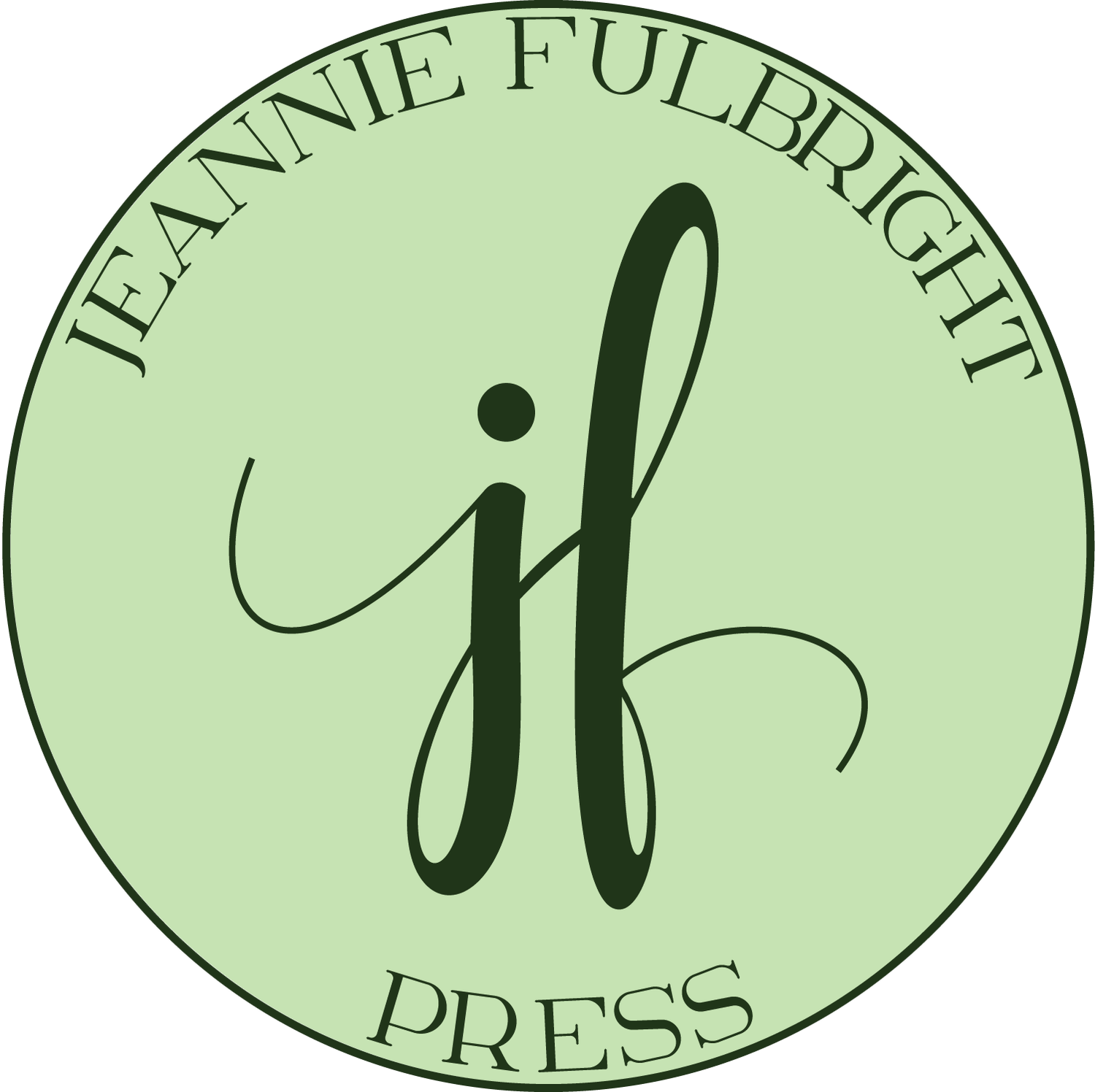Nurturing Creativity in Your Homeschool
Albert Einstein said,
“It is the supreme art of the teacher to awaken joy in creative expression and knowledge.”
Einstein believed the need to nurture a student’s creativity was so vital. He also asserted:
“A society's competitive advantage will come not from how well its schools teach the multiplication and periodic tables, but from how well they stimulate imagination and creativity.”
Why is creativity so important? And why should we nurture it in our children? Well, among the many reasons is that creativity is essential for problem-solving, invention, well-written or spoken expression, and self-motivation.
When a child engages in creativity, the hippocampus—the memory and creativity center of the brain—activates. Soon, the brain gets busy building neural connections and growing new neural pathways. And once the creative process is underway, several other portions of the brain begin working. The frontal cortex, the ganglia, and the white matter all work in different ways, making new connections.
Essentially, the creative process builds bigger, better brains and higher-level thinking skills.
You see, when a child simply learns something, by reading or hearing, a chemical change happens in the brain—chemicals start flowing across the neural pathways. But when creative expression takes place, a physical change happens. Neural pathways are created, which makes the knowledge a permanent part of the child.
In volume one of her book series, Charlotte Mason describes an activity that we today call notebooking. She ends her discussion with something very profound.
“History readings afford admirable material for narration, and children enjoy narrating what they have read or heard. They love, too, to make illustrations. Children who had been reading Julius Caesar (and also, Plutarch's Life), were asked to make a picture of their favourite scene, and the results showed the extraordinary power of visualising which the little people possess.”
“Of course that which they visualise, or imagine clearly, they know; it is a life possession.”
Like Einstein and modern research show, when children engage the creative centers of their brain, their imagination and visualization, they will not forget what it is they learned.
The modern education system does not encourage uniqueness or creativity—only memorization from a spoon-fed education. The methods they use, worksheets and quizzes, do nothing to activate brain centers that affect retention. The student produces nothing from his own thoughts, ideas, and imagination. The chemical change from learning is only there in the short-term memory for quick recall needed to fill in the blank or circle the correct answer.
This is why most of us graduated from high school with very little actual knowledge of any particular subject, especially history, geography, and science.
In a recent study spanning 20 years, it was discovered that 98% of children are born with creative genius. But by the time children hit the age of 24, only 2% of them have retained their creative genius. What causes the extinguishing of creativity for almost every single person?
They found that it is none other than the educational system. This system robs children of an important part of who they are. It stultifies their own unique creative genius.
Furthermore, children don’t remember what they’ve learned because the neural pathways were never built. That means that those twelve years of sitting at a desk for seven hours a day were one big waste of time.
But we as homeschoolers can toss out the methodologies designed only to grade and check the box, and instead implement creative assignments that engage our children’s whole mind in learning. And what are those methods?
Anything that actually has our children truly thinking and creatively expressing their knowledge.
Narration is the most essential tool we can use. Notebooking is a powerful method as well. My adult children clearly remember every topic for which they created a notebook page to express their learning. This and the many hands-on projects we did (like building a Lego molecule or a paper mache trojan horse) as well as creative activities (like pretending to be Lewis and Clark meeting Sacagawea) all activated and nurtured their creativity.
The ways children can express themselves creatively are endless. The most important thing is to make sure they are expressing their creativity in their own unique way. This will ensure their learning is not a waste of time.
As you know, my Apologia Young Explorer Series science course, which I designed using the Charlotte Mason model, uses narration and notebooking in every lesson. Our new language arts curriculum, Living Verse Language Arts in Poetry, also uses narration, notebooking, and creative expression as your children engage in notebooking and in creating their own poems based on the models they study.
I hope that soon I can have in your hands additional curriculum that will incorporate creativity in the subjects your children study. This will not only nurture the inborn gift God gave each of them, but will make all their subjects a delight to learn as they engage with neuron-growing brain building activities.
Whatever curriculum you are using, if worksheets are the method employed, I would encourage you to put them aside and reignite your own creative centers to institute creative assignments instead.
Give your children the opportunity to produce something, rather than consume something someone else created. A child consumes a worksheet but produces a notebook.
We want producers, not consumers.
As Albert Einstein so wisely tells us,
“Creativity is seeing what everyone else has seen, and thinking what no one else has thought.”
Happy homeschooling!


